Touted as one of the greatest wildlife comeback stories in history, the recovery of Yellowstone grizzly bears reached a milestone this week.
In a much anticipated, though highly controversial, move, the U.S.Fish and Wildlife Service announced its intent to remove long standing federal protections for the bruins that make their home primarily in and around Yellowstone and Grand Teton National Parks.
This downgrading is premature, allege independent scientists, a diverse array of conservation organizations, and Native American tribes.What’s even worse is the government’s plan to restart trophy sport hunting of grizzlies is a bad one.

If the federal government is successful, the very states—Wyoming, Montana, and Idaho—that had their management authority over grizzlies taken away for failing to keep their populations healthy will again assume primary custodial care.
Given still-festering hostility toward wildlife predators, many point to Wyoming’s treatment of federally recovered wolf populations and state policies that allow wolves to be killed for any reason over 85 percent of the state.
In the latest grizzly recovery plan, bears would receive strict protection in the core of the ecosystem,but be subject to potential liberal hunting policies and lethal control if they encounter livestock on public lands.
With nature-loving America watching, grizzly management is seen as an opportunity for those states to redeem themselves for wiping out much of our western wildlife during western settlement.
For the public, it should also be a moment for reflection on humankind’s ability to co-exist with a natural world baring teeth and claws.
Bringing Back the Bears
In 1975, when grizzlies in the Yellowstone area dipped to fewer than 140 individuals, Ursus arctos horribilis was hastily given federal protection by a still-young federal law called the Endangered Species Act.
States stopped bear hunting, safeguarded females, jailed or fined poachers, and prohibited ranchers from killing grizzlies for getting into their livestock—a tradition going back to the Old West.
Public-awareness campaigns changed how people discarded trash in bear country, so that grizzlies would not become aggressive toward people and be put down.
And government agencies halted or modified natural resource activities that damage bear habitat—such as logging, mining, and road-building into wild back country.
Bringing back grizzlies, a slow-reproducing animal, was more difficult to accomplish than rescuing bald eagles or even wolves, but it worked, and all who made it happen are to be commended.
Today the grizzly population is four times larger than it was in 1975—between 700 and 1,000—with bears thriving in the Greater Yellowstone region, which encompasses the intersection of Wyoming, Montana, and Idaho.
Their protection has also benefited hundreds of other species, including elk, bison, wolves, cougars, and moose.
Not Out of the Woods
While the region’s grizzly population is stable, Greater Yellowstone is facing a number of challenges.

A record numbers of visitors are inundating national parks, causing unknown stress to the animals, while beyond their borders an unprecedented wave of private land development in pinching inward.
On top of it, there is the uncertainly of what will happen in the future. As omnivores, grizzlies have a documented smorgasbord of more than 260 different natural foods.
Yet two of the grizzly’s four key foods that have boosted bear numbers, especially females with cubs, have crashed.
The highly nutritious seeds found in whitebark pine tree cones are no longer abundant as forests are decimated by outbreaks of pine beetles, linked to climate change, as well as tree diseases and wildfire.
Another staple, spawning cutthroat trout, have been dramatically reduced by an illegal introduction of fish-eating lake trout, which are not accessible to bears.
And in 2015, a record number of bears died in various kinds of run-ins with big game hunters, rancher’s livestock, and other causes. The deaths are contentiously linked to those food declines.
Economic Boost
Perhaps the source of greatest public debate rages over whether states should resume grizzly hunting.
While federal and state agencies assure that any hunts will be carefully regulated, huge questions abound, such as whether Wyoming and Montana will allow hunters to shoot popular bears that stray out of the national parks where they spend much of their lives.

In Jackson Hole, Wyoming, many fear that a famous bear named 399 could get killed and ignite public outrage, like the case of Cecil the Lion.
In fact, bear watching is one of the most popular activities for travelers who come from around the world, fueling a nature-based tourism economy in Greater Yellowstone worth more than $1 billion annually.
Grizzlies’ rarity has made them valuable assets, economically worth far more alive than as a person’s rug or trophy.
Heart Space
Dan Ashe, national director of the U.S. Fish and Wildlife Service, says that the Endangered Species Act needs these success stories to fend off attacks from political conservatives in Congress who want to weaken the law.
No one disputes that the recovery of Greater Yellowstone grizzlies shows that the law works.
But the government must also ensure that if grizzlies are no longer endangered, there will be concerted efforts to reduce lethal encounters with people and to embrace them as part of our natural world.
As Jane Goodall says, it also comes down to people creating space for animals, such as grizzlies, to dwell in the human heart.
This article was first published by National Geographic on 04 Mar 2016.
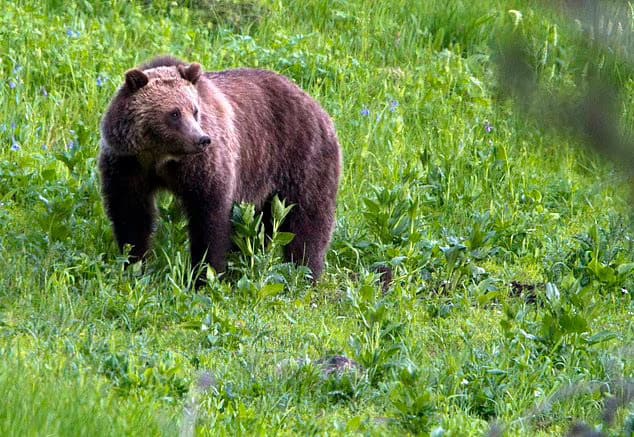
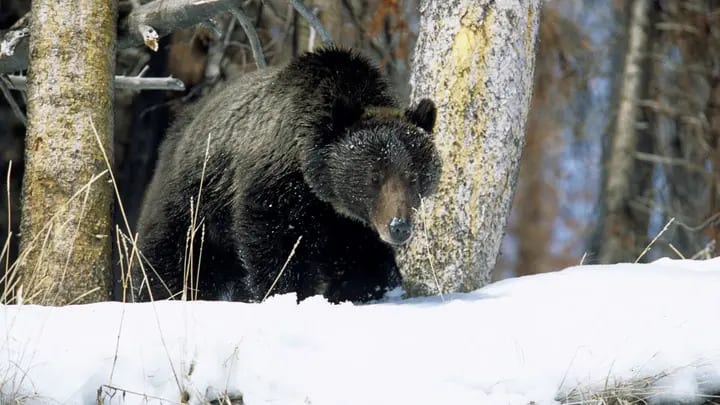
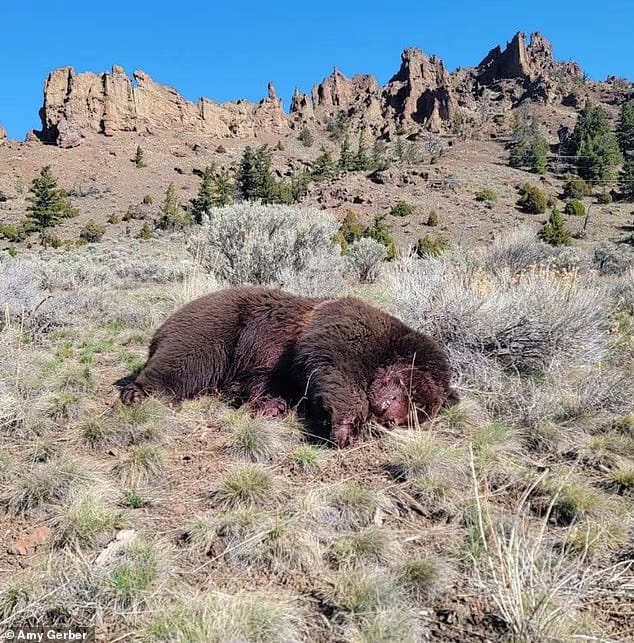
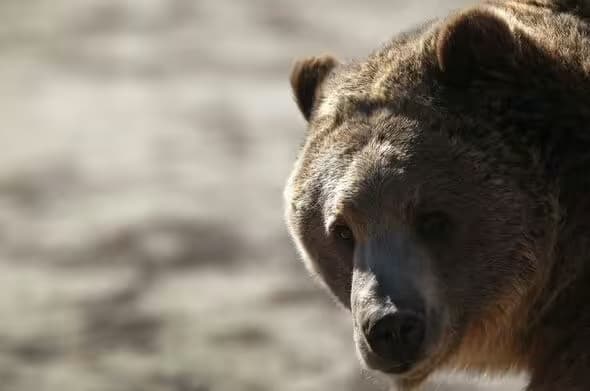
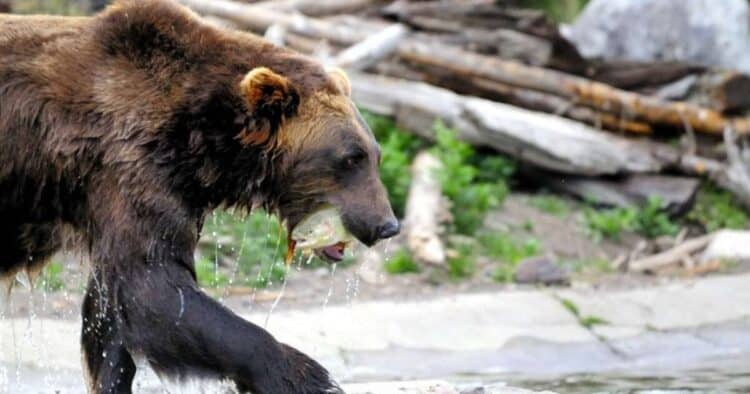
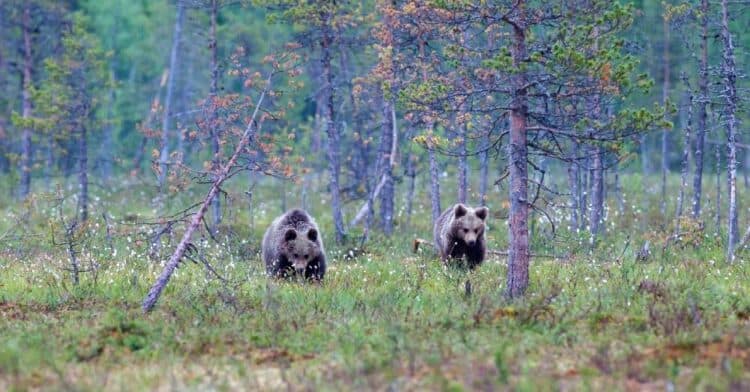
Leave a Reply